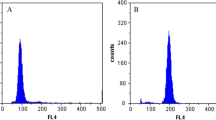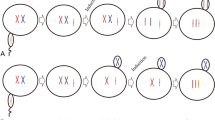Abstract:
Triploid scallops are valuable for aquaculture because of their enlarged adductor muscle, and tetraploids are important for the commercial production of triploids. We tested tetraploid induction in the zhikong scallop by inhibiting polar body I in newly fertilized eggs. The ploidy of resultant embryos was determined by chromosome counting at 2- to 4-cell stage and by flow cytometry thereafter. Embryos from the control groups were mostly diploids (79%), along with some aneuploids. Embryos from the treated groups were 13% diploids, 18% triploids, 26% tetraploids, 13% pentaploids, and 36% aneuploids. Tetraploids, pentaploids, and most aneuploids suffered heavy mortality during the first week and became undetectable among the larvae at day 14. Five tetraploids (2%) were found among a sample of 267 spat from one of the replicates, and none was detected at day 450. The adductor muscle of triploid scallops was 44% heavier (P < .01) than that of diploids, confirming the value of the triploid technology in this species.
Similar content being viewed by others
Author information
Authors and Affiliations
Additional information
Received December 8, 1999; accepted March 3, 2000.
Rights and permissions
About this article
Cite this article
Yang, H., Zhang, F. & Guo, X. Triploid and Tetraploid Zhikong Scallop, Chlamys farreri Jones et Preston, Produced by Inhibiting Polar Body I. Mar. Biotechnol. 2, 466–475 (2000). https://doi.org/10.1007/PL00021688
Issue Date:
DOI: https://doi.org/10.1007/PL00021688




